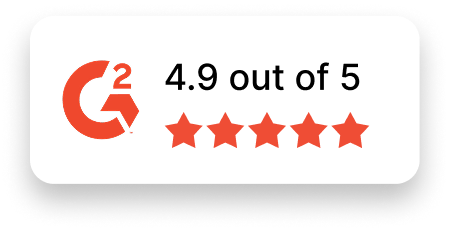Front-End Developer Job Description Template
Use this template to craft job descriptions for hiring Front-End Developers. Customize it to fit your organization’s specific requirements and goals.
Job Title: Front-End Developer
Location: [Specify Location or Remote]
Job Type: [Full-time/Part-time/Contract]
About the Role
We are looking for a talented and detail-oriented Front-End Developer to deliver seamless and visually stunning user experiences. As a key part of the development team, you will turn design concepts into responsive and interactive web applications, ensuring a high standard of performance, accessibility, and usability. Your work will directly shape how users engage with our digital products.
If you enjoy translating creative ideas into robust digital solutions and thrive in collaborative environments, we’d love to hear from you!
Responsibilities
- Build and maintain responsive, user-friendly interfaces using HTML, CSS, and JavaScript.
- Collaborate with designers and back-end developers to implement functional and visually striking features.
- Optimize web pages for maximum speed, scalability, and performance across devices.
- Ensure cross-browser compatibility and consistent functionality for diverse audiences.
- Debug and troubleshoot front-end issues to guarantee smooth operation.
- Implement and adhere to accessibility standards (e.g., WCAG) to ensure inclusive user experiences.
- Write clean, maintainable, and reusable code following best practices.
- Collaborate on design and technical decisions, providing input to improve user interfaces.
- Keep up with emerging trends and tools in front-end development to implement innovative solutions.
- Document processes, tools, and workflows to promote efficiency and knowledge-sharing.
Required Skills & Experience
- Bachelor’s degree in Computer Science, Web Design, or a related field (or equivalent experience).
- Proficiency in front-end technologies such as HTML5, CSS3, and JavaScript (ES6+).
- Experience with modern JavaScript libraries and frameworks like React, Angular, or Vue.js.
- Strong understanding of responsive design, mobile-first development, and web accessibility standards.
- Familiarity with design tools such as Adobe XD, Figma, or Sketch.
- Proficient understanding of Git or other version control systems.
- Strong problem-solving skills, attention to detail, and ability to deliver high-quality code.
- Good communication and teamwork abilities for effective collaboration.
- Knowledge of browser developer tools for debugging and optimizing performance.
Nice-to-Have Skills
- Experience with CSS preprocessors (e.g., SASS, LESS) or CSS frameworks (e.g., Bootstrap, Tailwind CSS).
- Familiarity with front-end build tools like Webpack, Gulp, or Parcel.
- Basic understanding of back-end technologies and APIs.
- Experience with testing tools such as Jest, Mocha, or Cypress.
- Knowledge of animation frameworks (GSAP, PixiJS) or WebGL for interactive experiences.
- Demonstrated ability to work on single-page applications (SPAs) or progressive web apps (PWAs).
- Portfolio or examples showcasing your front-end projects and coding skills.
Why Join Us?
- Creative Projects: Work on exciting, user-centered applications that challenge and inspire creativity.
- Collaborative Team: Join a supportive and innovative environment that values your input.
- Professional Development: Grow your front-end development skills with advanced tools and training resources.
- Flexibility: Enjoy a work-life balance with remote or hybrid working options.
- Inclusive Culture: Become part of a team that values diversity and fosters empowerment for every individual.
Apply Now
Are you ready to shape how users interact with technology? Join [Your Company Name] as a Front-End Developer and create visually captivating and highly functional web experiences. Apply today!

